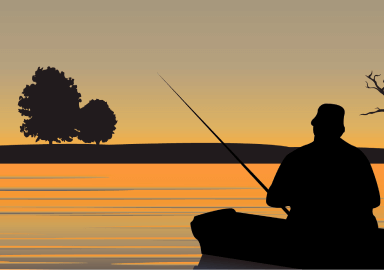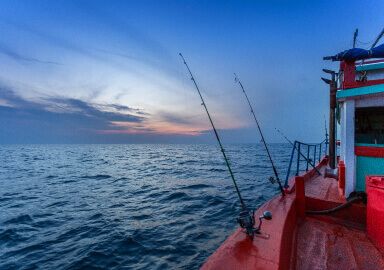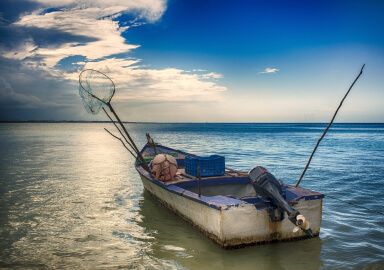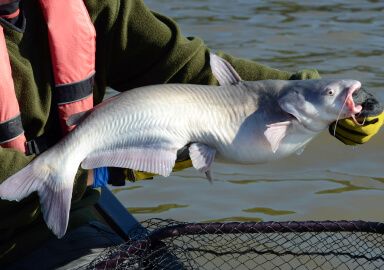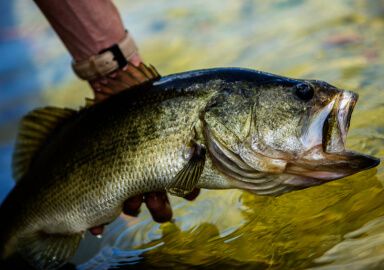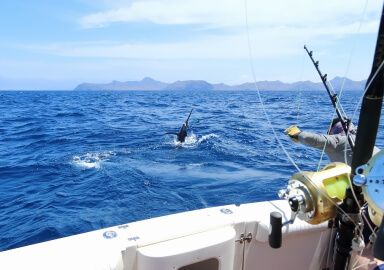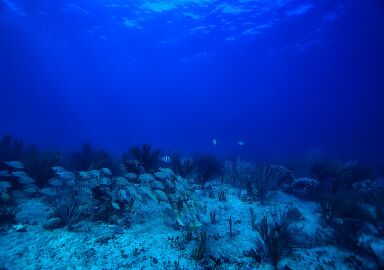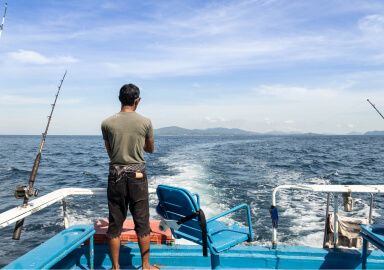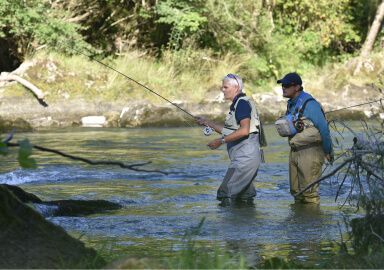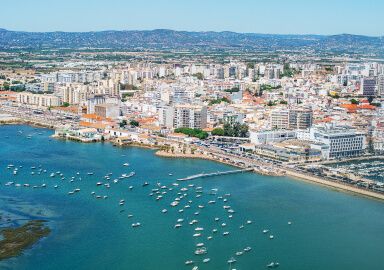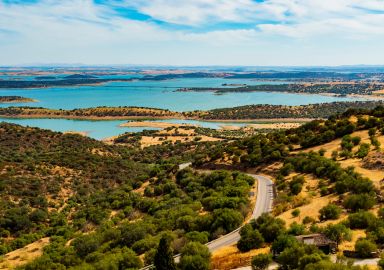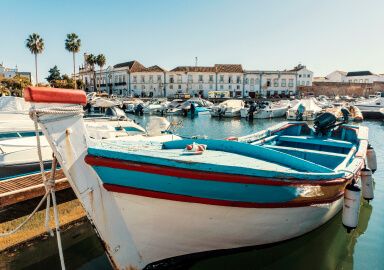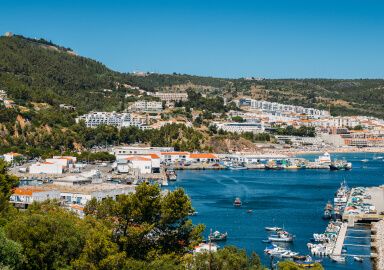Fishing in Andalusia
Spain’s sun-drenched southern gem offers not only Moorish fortresses, beaches, food and flamenco, but also outstanding fishing from bluefin tuna around the Gibraltar Straight to trout in mountain streams.
View 4 listings
4
listings
–
price starting from
16
fish species
–
to the nearest trip
About Andalusia
Andalusia, Spain’s southernmost autonomous community, stretches from the rugged Atlantic coast of Huelva and Cádiz to the calm Mediterranean shores of Málaga and Almería, and inland across vast plains, rolling hills, and dramatic mountain ranges. It’s a region famous for flamenco, olive oil, Moorish heritage and for its incredible fishing diversity. Embracing the Gibraltar Rock, Andalusia has access to both the Atlantic Ocean and the Mediterranean Sea, not to mention the abundance of inland rivers and reservoirs.
The climate is Mediterranean and semi-arid, with mild winters and hot summers, meaning you can fish nearly all year round. The Costa del Sol - The Coast of the Sun - on the Mediterranean side is one of the most popular European beach resort destinations, and Costa de la Luz - The Coast of the Air - is not too far behind. Thousands if not millions of tourists visit the area each year, for a sea and cultural vacation - and many are tempted to explore the region’s fabulous fishing opportunities as well.
Clients of charter boats fishing offshore apparently do not need individual licenses, but for inshore fishing a license is required. In recent years, Andalusia has added a requirement to pass an environmental awareness test, which makes obtaining several types of fishing licenses complicated for a non-resident. Introduction of a waiver for tourists is said to be discussed; until then, be sure to discuss the license question with your guide or chapter captain before booking a trip.
Fishing Types
Andalusia features three primary fishing environments: saltwater, inland freshwater, and estuarine systems. Offshore fishing is especially promising: Andalusia is situated in immediate proximity to the Gibraltar Straight, a bottleneck for bluefin tuna’s annual migration to the spawning grounds in the Mediterranean, as well as for other pelagic species.
The Atlantic coast, particularly in Cádiz and Huelva, has a higher reputation for big game fishing, while the Mediterranean coast, stretching from Málaga to Almería, is better known for light tackle fishing and jigging over rocky bottoms and drop-offs close to shore. However, you can find a fishing charter specializing in pursuit of the ocean monsters on both coasts.
The estuary of the Guadalquivir River near Sanlúcar de Barrameda provides excellent inshore fishing. The river itself, as well as Andalusia’s other rivers and a network of lakes and reservoirs, offer amazing opportunities for freshwater fishing. Whether you're fishing from a boat off Tarifa or casting from a reservoir bank near Granada, Andalusia has it all.
Targeted Fish Species
Saltwater fish species that can take your bait and lure off Andalusia’s coast are abundant and diverse thanks to the meeting point of Atlantic and Mediterranean waters. The bluefin tuna reigns supreme for offshore species, especially in the peak of its migration in May-June, and then again in September-October. Albacore, little tunny, mahi-mahi and swordfish are also notable among the pelagic species, wile nearshore you can target several rock and bottom dwellers, such as sea bass, dentex, amberjack, snapper, and mackerel, not to mention gilthead sea bream, flatfish, and several species of sharks in the right season.
The rivers and lakes of Andalusia are home to several unique subspecies not found anywhere else. The Iberian barbel is often confused with the common barbel, but is substantially different, and often takes the fly. Andalusia also houses the southernmost population of brown trout. Black bass is one of the most popular targets of Andalusian anglers. So is the common carp, that can reach 10–20 lb range. Largemouth bass are particularly prolific in warmer reservoirs, and so are zander and catfish.
Fishing Techniques
In saltwater, anglers employ a variety of techniques depending on location and season. Trolling and live bait drifting are standard offshore methods for tuna and pelagics, while jigging, bottom fishing, and spinning are effective closer to shore for sea bass and reef dwellers. Surfcasting with long rods, heavy sinkers, and natural baits like shrimp, worms, or sardines is common on the Atlantic beaches, especially in the evenings.
In freshwater, carp fishing with boilies, method feeders, and hair rigs is well-established. Many anglers opt for multi-day sessions with bivvies and baiting campaigns in larger reservoirs. Bass fishing is done with soft plastics, spinnerbaits, and poppers, with best results in spring and fall. Fly fishing for barbel and trout is practiced in select mountain rivers such as those in the Sierra Nevada and Sierra de Cazorla, though conditions can be seasonal. Local guides help optimize techniques and gear choices based on water body and target fish.
